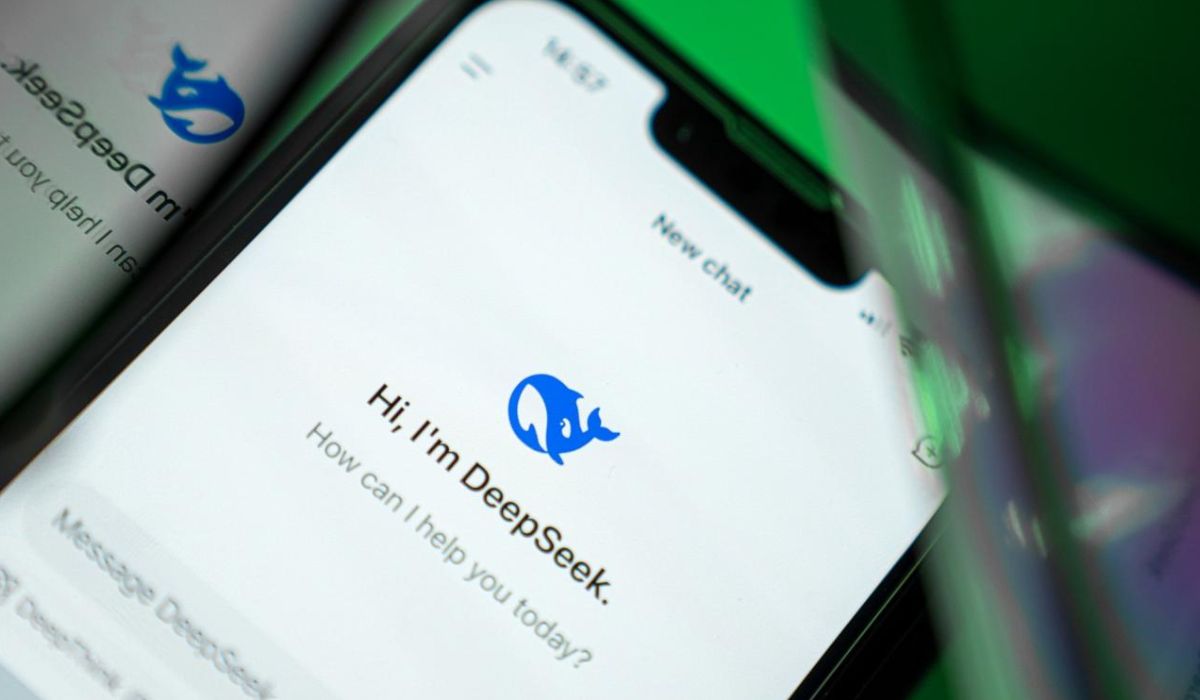This post will walk you through integrating DeepSeek R1 with .NET 9 using Semantic Kernel. If you’re ready to explore DeepSeek models locally, this step-by-step guide is a great place to start.
What You Will Learn
- How to Get Started with DeepSeek R1
- How to Use Ollama for running local models
- How to install and start running the DeepSeek R1 model
- How to Use Semantic Kernel in C#
1. Prerequisites
- Visual Studio 2022+ (with .NET 9 SDK installed) .NET 9 is still in preview, so ensure that you have the preview SDK installed.
- Ollama (for managing and running local models)
- DeepSeek1.5b Model
2. Installing Ollama
Ollama is a tool or platform that enables users to run and interact with large language models (LLMs) locally. It streamlines the setup and deployment of open-source models such as LLaMA, Phi, DeepSeek R1, and others, making it easier to work with LLMs on a local machine.
To Run Ollama visit its official website https://ollama.com/download and install it on your machine.
3. Installing DeepSeek R1
DeepSeek’s first-generation reasoning models with comparable performance to OpenAI-o1, including six dense models distilled from DeepSeek-R1 based on Llama and Qwen.
On the Ollama website click on Models and click on deepseek-r1 and choose 1.5b parameter option
Open Command Prompt and run the below command.
ollama run deepseek-r1:1.5b
It will download the model and start running automatically.
Once done, verify the model is available
ollama list
That’s it! We’re ready to integrate DeepSeek locally.
4. Creating .NET Console Application
- Launch Visual Studio
- Make sure .NET 9 is installed.
- Create a New Project
- File → New → Project…
- Pick Console App with .NET 9.
- Name Your Project
- e.g., DeepSeekDemoApp or any name you prefer.
- Target Framework Check
- Right-click on your project → Properties.
- Set Target Framework to .NET 9.
5. Integrating DeepSeek R1 with Semantic Kernel
Although it’s possible to call DeepSeek directly using HTTP requests to Ollama, leveraging Semantic Kernel provides a more powerful abstraction for prompt engineering, orchestration, and additional capabilities.

